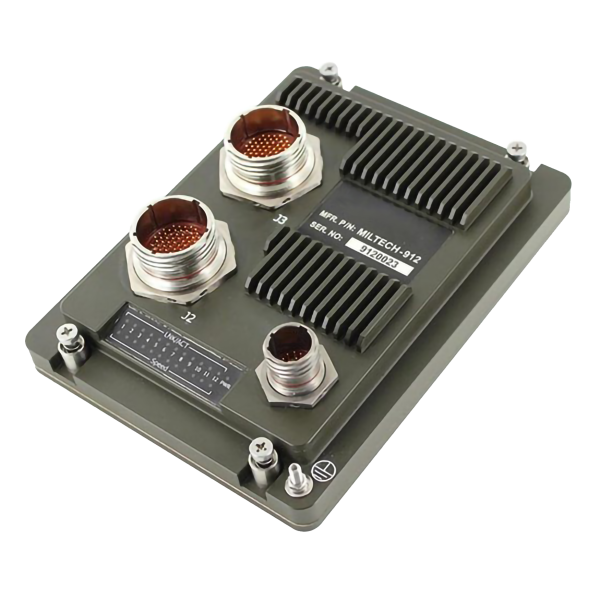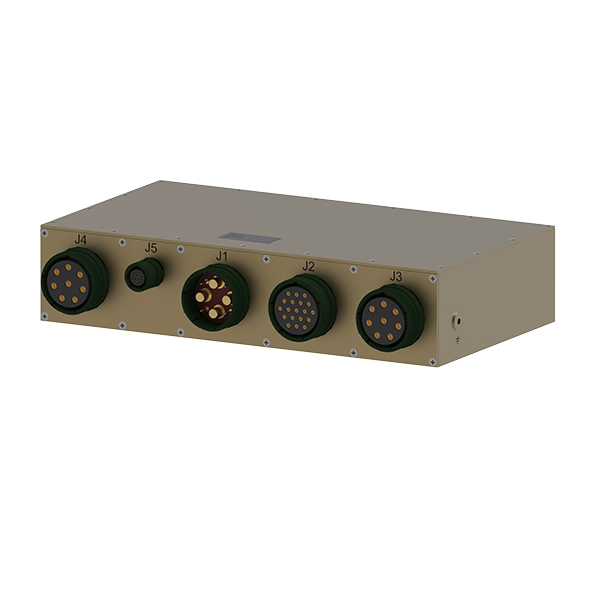Autonomous vehicles serve in frontline combat. The Robotic Combat Vehicle (RCV) is being developed as part of the Army’s Next Generation Combat Vehicle (NGCV) family of vehicles: light, medium and heavy. The Army reportedly envisions employing RCVs as “scouts” and “escorts” for manned fighting vehicles to deter ambushes and guard the flanks of mechanized formations, marking a significant shift in the way we approach warfare.RCVs are intended to be controlled by operators riding in NGCVs, but the Army hopes that improved ground navigation technology and artificial intelligence (AI) might eventually permit a single operator to control multiple RCVs or for RCVs to operate in a more autonomous mode.
One of the many challenges in autonomous platforms, such as the RCV, is to transmit reliable and dense information on the autonomous vehicle’s surroundings back to a manned platform or a computer to process the visual and sensor data to help make more efficient decisions on battlefield conditions. A rugged military networking solution is an example of a critical subsystem to support reliable and remotely managed systems on the RCV to optimize communications and prioritize critical information traffic. Highly reliable military power management solutions are needed as well in this remote environment to manage the distribution of clean 28V power within the platform and protect the sensitive loads, including sensors, cameras, motor controllers, and datalinks that make the RCV so effective on the battlefield.
Reliable power will be in high demand in this autonomous environment, with the need to support remote monitoring of power conversion and power management. Size, weight, and power (SWaP) will be a critical element of the power system aboard the RCV fleet while maintaining a tight balance of robust, reliable solutions required to withstand extreme conditions of shock, vibration, and extreme temperatures so often experienced in military environments. Our experience with ground vehicle power standards, such as MIL-STD-1275, is critical to a successful implementation in a remote environment.
Our rugged catalog of ethernet switches & routers, as well as our remotely monitored and controlled power management solutions address the challenges of military autonomous vehicle applications, such as those desired by the Army’s Robotic Combat Vehicles (RCV):
The M9547 series is a 16-channel power distribution unit designed for airborne and ground applications. It distributes 28VDC through overload and short-circuit-protected switches. The M9547 series supports Ethernet communication to control, configure and get the status of the device.
The compact MILTECH 912 saves valuable real estate on mobile platforms such as unmanned and manned airborne platforms, ground and underwater vehicles. Its advanced network features include on-device IPv4 and IPv6 unicast routing between virtual LANS (VLANS), traffic prioritization (QoS), and bandwidth aggregation. Layer 3 on-device IPv4 and IPv6 static routing allows pre-configured routing between VLANs. A 28VDC power bus makes it instantly compatible with network devices and power systems.



